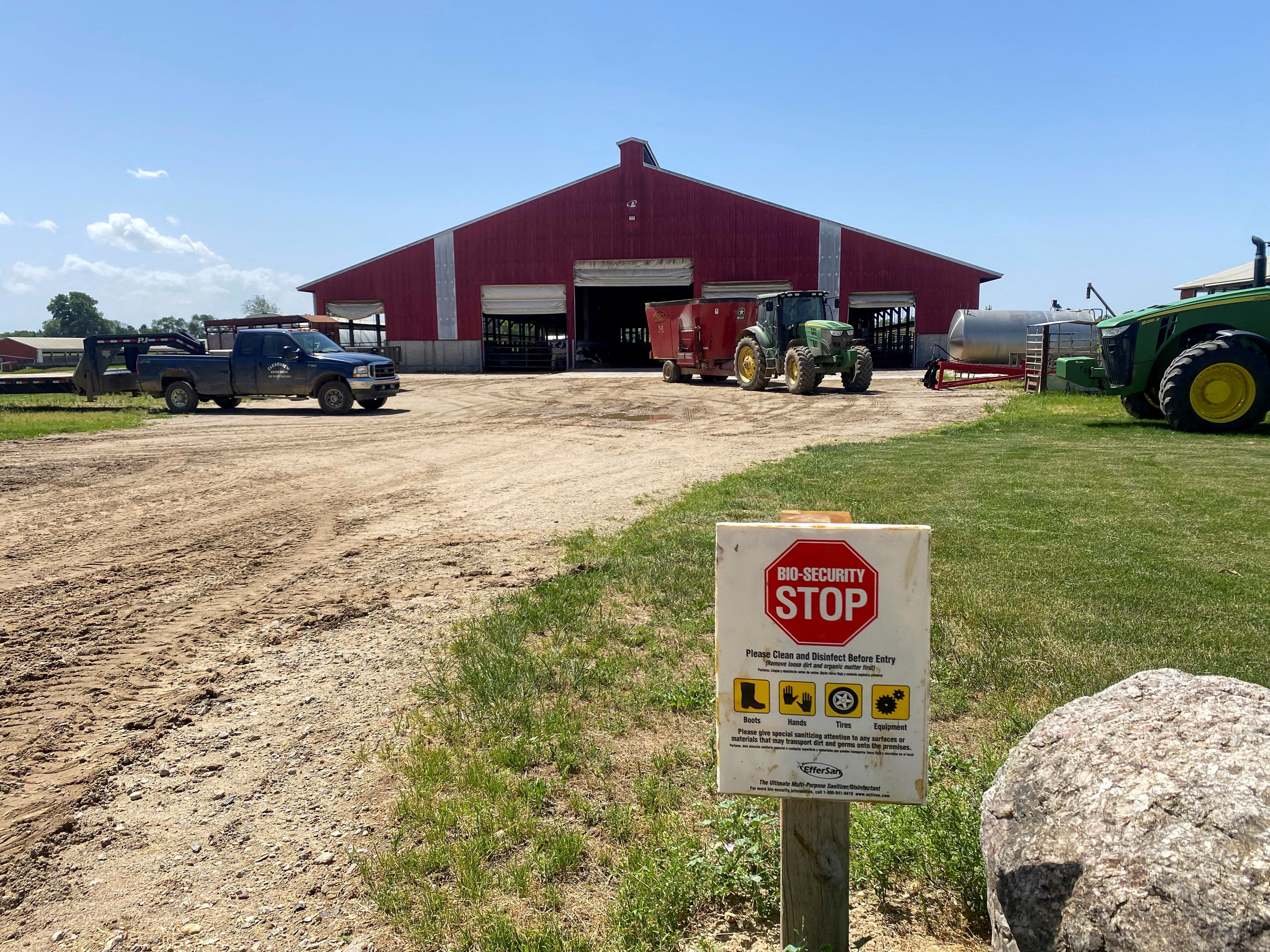Your support helps us to tell the story
This election is still a dead heat, according to most polls. In a fight with such wafer-thin margins, we need reporters on the ground talking to the people Trump and Harris are courting. Your support allows us to keep sending journalists to the story.
The Independent is trusted by 27 million Americans from across the entire political spectrum every month. Unlike many other quality news outlets, we choose not to lock you out of our reporting and analysis with paywalls. But quality journalism must still be paid for.
Help us keep bring these critical stories to light. Your support makes all the difference.
Bird flu cases are steadily increasing in states around the country, as concerns grow about it spreading further.
This week, Washington reported its first cases of avian influenza. Four agriculture workers tested presumptively positive after working with infected birds at an egg farm in Franklin County.Ahe state’s health department said that the workers had mild symptoms and were given antiviral medication. Additional people on the farm were also being tested, and 800,000 birds were euthanized after test results showed they had been infected.
Washington was the sixth state to identify a human infected with the H5N1 virus.
The highly contagious virus is transmitted through infected saliva, mucous, and the feces of infected birds. It can also pass through the bodily fluids, organs, blood and respiratory discharge of other animals. Humans are infected when the virus enters the eyes, nose, mouth or is inhaled. Infection ranges in severity, but can lead to acute disease that results in death.
Symptoms include pneumonia, fever, cough, sore throat, runny nose, muscle or body aches, fatigue, trouble breathing and headaches.

The total number of human cases across the US has risen to 31, although the Centers for Disease Control and Prevention has officially reported cases in California, Colorado, Michigan, Missouri and Texas. Nine of the 27 cases the agency reports were associated with exposure to infected poultry and 17 were linked to infected dairy cows.
California has seen the most, with 13 infections occurring in dairy workers, all of whom had mild symptoms. Many had eye redness or discharge, but none of them were hospitalized, according to the CDC. A dairy worker from Texas who was diagnosed with bird flu also experienced bleeding in his eyes.
There are 102 confirmed cases in livestock across the country, with 99 livestock herds affected in California during the past month. The Department of Agriculture also reports flock infections in California, Utah and Washington.
Michigan officials announced last week the state’s first outbreak since early September. A Clinton County farm has reported 30 outbreaks in dairy cattle.

There have been seven confirmed chicken flocks tested as having bird flu in the last 30 days.
There are more than 378 million chickens in the US, and over 28 million beef cows. Avian flu has also been confirmed in turkeys, with thousands recently culled in California’s Merced County.
Total poultry industry sales were nearly $77 billion in 2022. The retail equivalent value of beef produced in the US was nearly $144 billion during the same year.
But, livestock and poultry aren’t the only concerns when it comes to the spread of the virus.
H5N1 was also detected in bottlenose dolphins from Florida’s Brevard County, red foxes in Alaska, and striped skunks in Washington and Montana.
Discover more from CaveNews Times
Subscribe to get the latest posts sent to your email.


























![Exploring the Serene Beauty of Nature: A Reflection on [YouTube video title]](https://cavemangardens.art/storage/2024/04/114803-exploring-the-serene-beauty-of-nature-a-reflection-on-youtube-video-title-360x180.jpg)


























